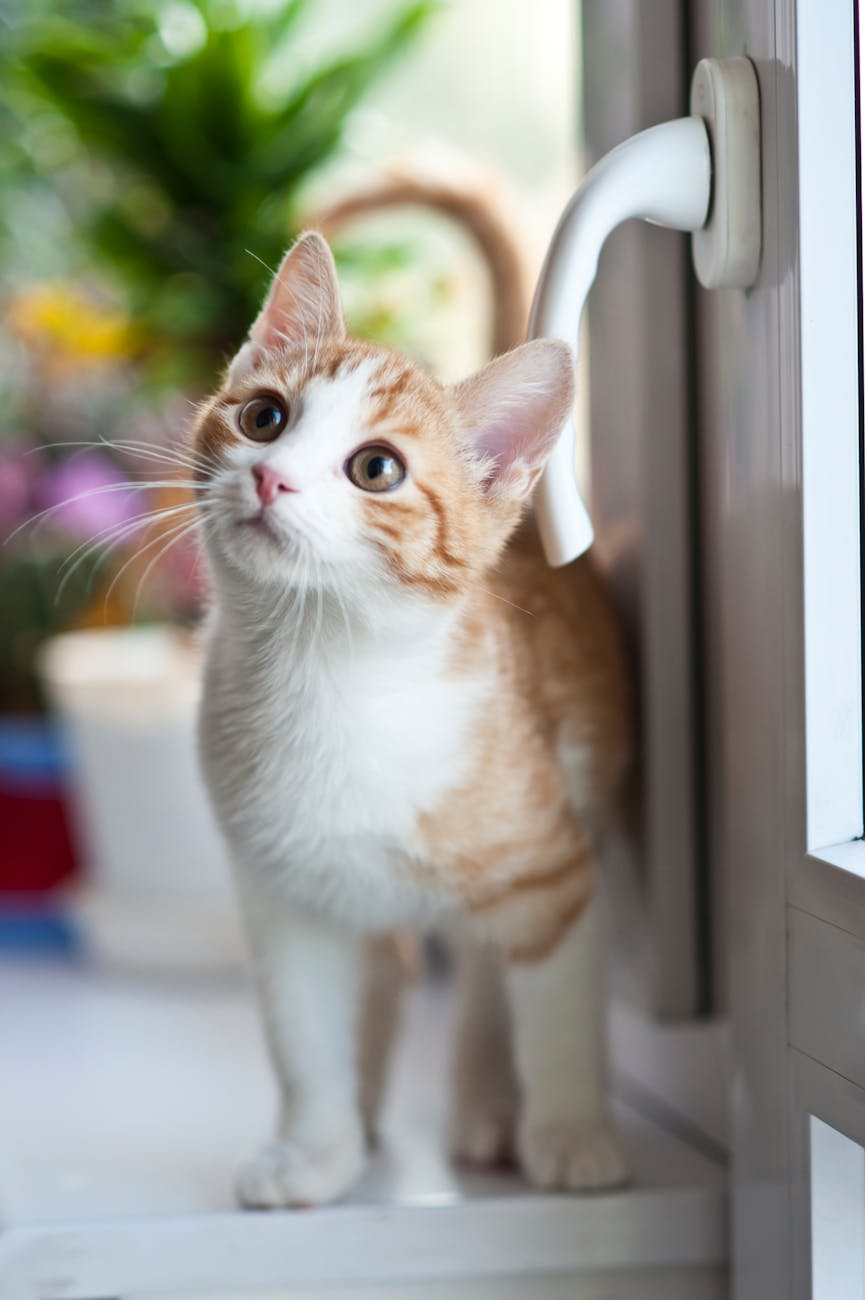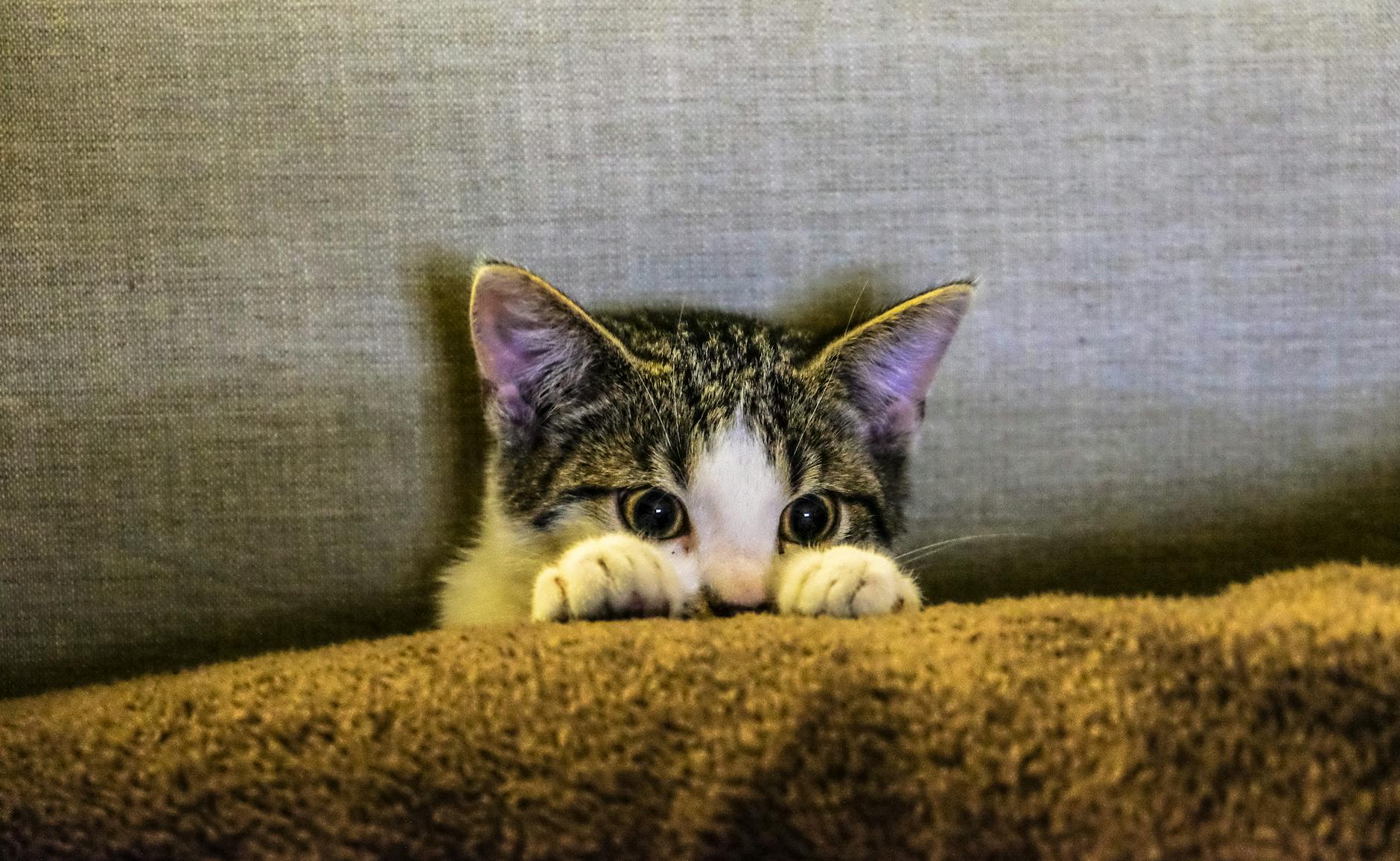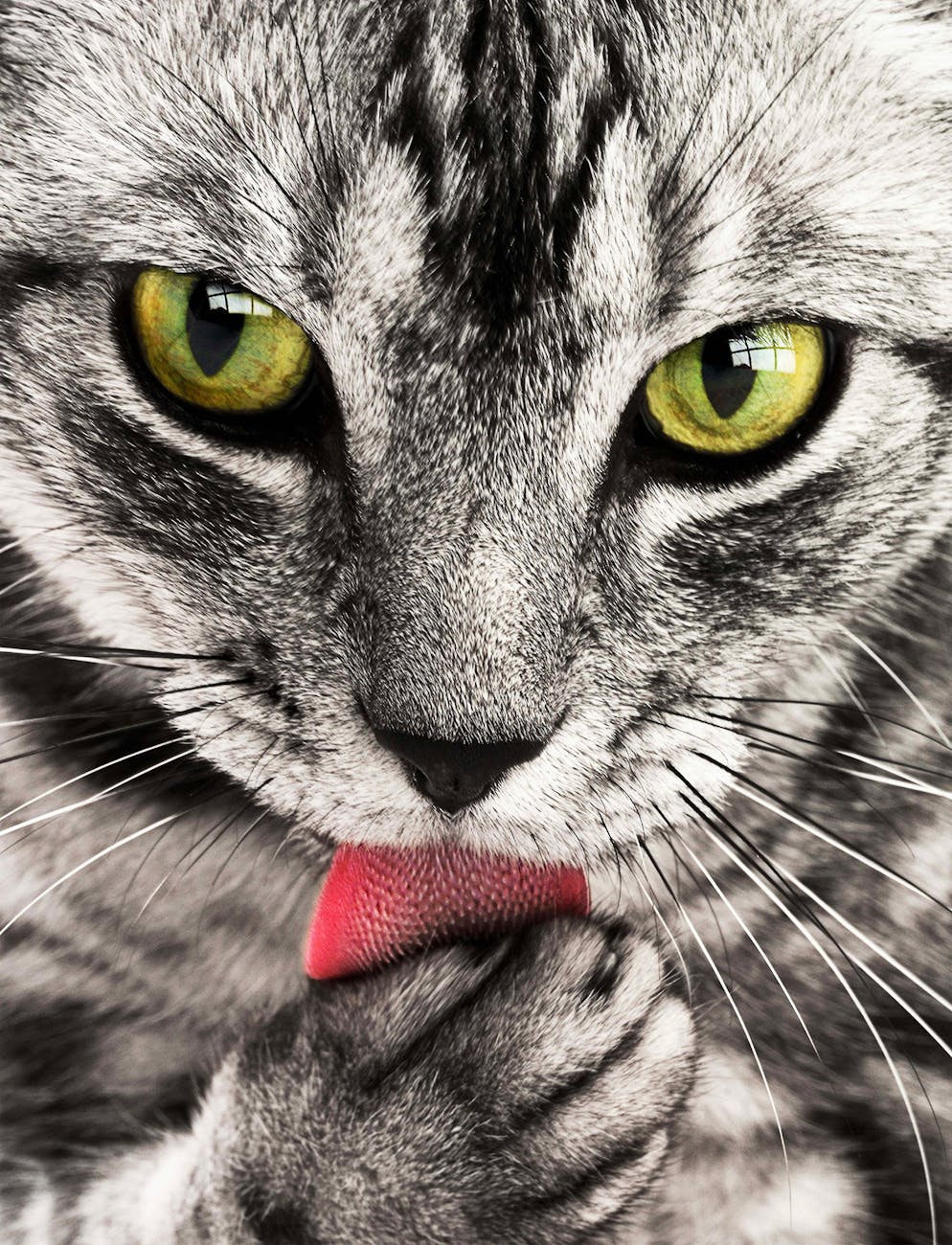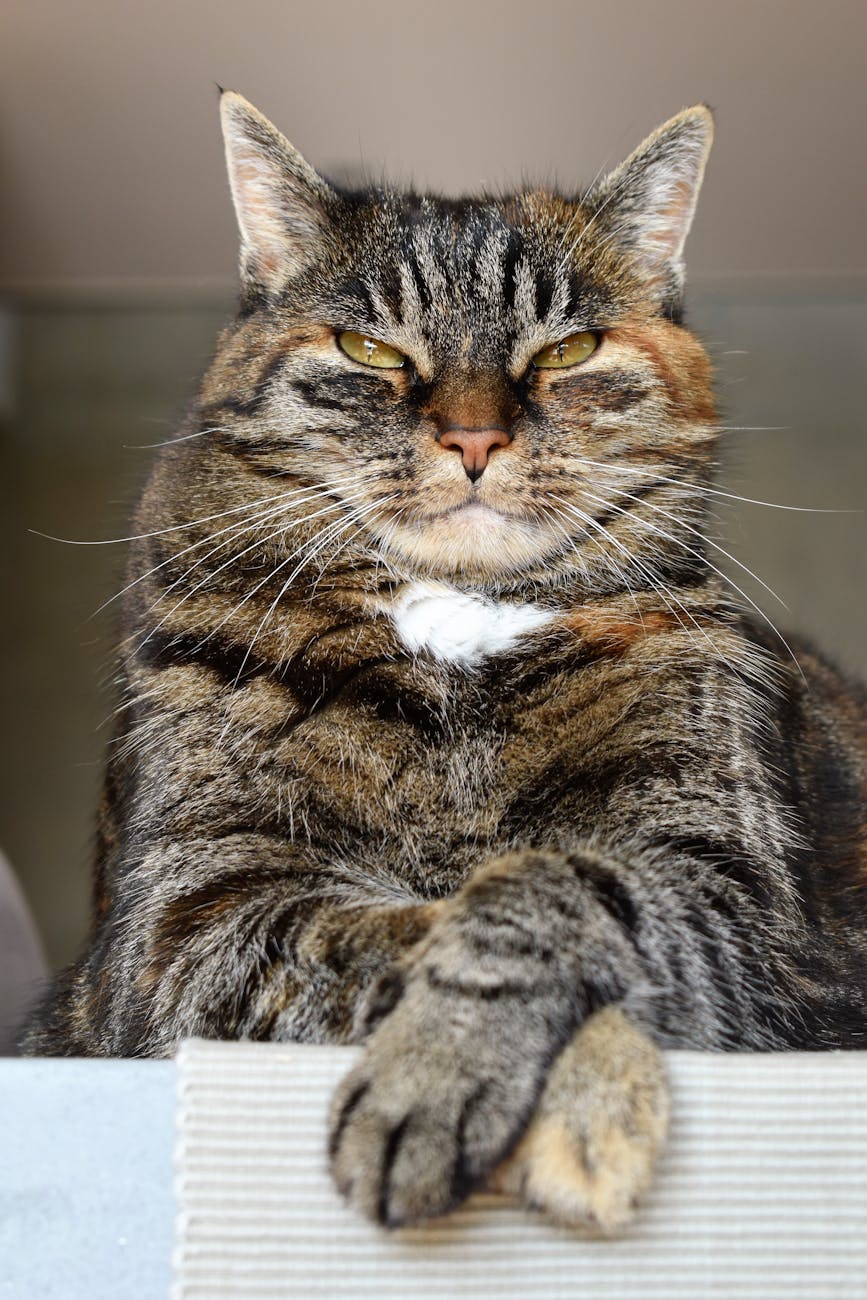Cat eye drops play a crucial role in maintaining your feline friend’s eye health. Understanding their uses can help you manage common eye issues that may arise in cats. Furthermore, knowing how to properly apply cat eye drops ensures that your pet receives the necessary treatment without added stress. Whether for allergies, infections, or lubrication, being informed about this essential aspect of pet care can significantly improve your cat’s quality of life. In this article, we’ll explore the various types of cat eye drops, their applications, and tips for administering them effectively.
What are Cat Eye Drops?
Cat eye drops are specialized liquid medications designed to treat various eye conditions in felines. These drops typically contain active ingredients aimed at reducing inflammation, combating infections, or lubricating dry eyes. Understanding how these drops work can help you better care for your feline companion.
Key Features of Cat Eye Drops:
- Purpose: Cat eye drops target specific eye issues such as conjunctivitis, dry eye syndrome, and allergies.
- Forms: Available in various formulations, including antibiotic, anti-inflammatory, and lubricant options.
- Application: Administering cat eye drops can help alleviate symptoms like redness, discharge, and discomfort in your cat’s eyes.
Common Conditions Treated with Cat Eye Drops:
- Infections: Bacterial or viral conjunctivitis can benefit from antibiotic eye drops.
- Inflammation: Steroid-based drops reduce swelling and irritation.
- Dry Eyes: Lubricating drops help moisten and soothe dry or irritated eyes.
By knowing what cat eye drops are and their intended uses, you can act promptly when your cat shows signs of eye issues. Always consult with a veterinarian for the best course of action.

Common Uses for Cat Eye Drops
Cat eye drops serve various essential functions in maintaining your feline friend’s eye health. Here are some common uses:
Treating Infections: Cat eye drops often contain antibiotics to combat bacterial infections, ensuring your cat’s eyes remain healthy and free from harmful pathogens.
Reducing Inflammation: If your cat experiences inflammation due to allergies or other irritants, anti-inflammatory cat eye drops can soothe discomfort and promote healing.
Moisturizing Dry Eyes: Just like humans, cats can suffer from dry eyes. Moisture-retaining cat eye drops help alleviate this issue, providing relief and protection against further irritation.
Addressing Allergies: Cats may develop allergies that cause redness and itching in their eyes. Specialized cat eye drops can target these symptoms, offering quick relief.
Managing Eye Conditions: Conditions like conjunctivitis or uveitis often require medicated cat eye drops for effective treatment.
By understanding these common uses, you’ll be better equipped to decide when to utilize cat eye drops for your pet’s needs. Remember, it’s always best to consult a veterinarian for proper diagnosis and effective treatment options.
Types of Cat Eye Drops Available
When it comes to cat eye drops, various types cater to different eye conditions. Understanding these options can help you choose the right treatment for your feline friend. Here’s a brief overview of the most common types:
Lubricating Eye Drops:
- Designed to provide moisture and comfort
- Useful for dry eyes or after surgery
Anti-Inflammatory Eye Drops:
- Reduce swelling and discomfort
- Often prescribed for allergic reactions or injuries
Antibiotic Eye Drops:
- Fight bacterial infections
- Essential for conjunctivitis or other bacterial conditions
Glaucoma Eye Drops:
- Help lower intraocular pressure
- Vital for managing glaucoma in cats
| Type of Drop | Purpose | Examples |
|---|---|---|
| Lubricating | Moisture and comfort | Artificial tears |
| Anti-Inflammatory | Reduce swelling | Corticosteroids |
| Antibiotic | Treat bacterial infections | Tobramycin |
| Glaucoma | Lower intraocular pressure | Latanoprost |
Choosing suitable cat eye drops is crucial for effective treatment. Always consult your veterinarian for guidance tailored to your cat’s specific needs.
How to Properly Apply Cat Eye Drops
Applying cat eye drops can be a straightforward process with the right technique. Follow these steps to ensure a stress-free experience for both you and your cat:
Prepare the Environment
- Choose a calm, quiet area.
- Gather your supplies: cat eye drops, a towel, and treats as a reward.
Get Your Cat Comfortable
- Gently wrap your cat in a towel, leaving the head exposed. This helps prevent sudden movements.
Position Yourself Correctly
- Hold your cat’s head securely, using your non-dominant hand.
- With your dominant hand, hold the eye drops above your cat’s eye.
Administer the Drops
- Pull down the lower eyelid gently to create a small pocket.
- Instill the drops into the pocket without touching the eye, ensuring you use the prescribed amount.
Reward and Comfort
- Immediately follow up with treats and soothing words. This reinforces positive behavior.
Using cat eye drops can help maintain your cat’s eye health. Always monitor your feline after application and be patient throughout the process.

Signs Your Cat May Need Eye Drops
Recognizing when your cat needs eye drops is essential for maintaining their eye health. Here are some common signs to watch for:
- Excessive tearing: If you notice watery eyes, this could indicate an underlying issue.
- Red or inflamed eyes: Persistent redness may suggest irritation or an infection that warrants cat eye drops.
- Squinting or sensitivity to light: Cats that squint often, or avoid bright places, may require treatment.
- Discharge: Mucous or pus-like discharge can indicate infection, requiring immediate attention and possibly cat eye drops.
- Behavior changes: If your cat is pawing at their eyes or showing signs of discomfort, this could signal a problem needing eye drops.
- Cloudiness: A cloudy appearance in the eye could imply several issues, including cataracts.
If you observe any of these signs, it’s important to consult your veterinarian. They can determine if cat eye drops are the right solution for your furry friend, ensuring their vision and comfort is restored effectively.
Potential Side Effects of Cat Eye Drops
While cat eye drops can effectively treat various eye conditions, it’s essential to be aware of potential side effects. Understanding these can help you act quickly if your cat experiences any adverse reactions. Here are some common side effects to watch for:
- Irritation: Your cat might show signs of redness or discomfort in the eye area after application.
- Increased Discharge: Some cats may develop excessive tearing or a change in eye discharge color.
- Behavioral Changes: Watch for signs of distress, such as pawing at the eyes or reluctance to be handled.
- Allergic Reactions: Rarely, some cats may have allergies to ingredients in cat eye drops, resulting in swelling or severe itching.
Table of Common Side Effects of Cat Eye Drops
| Side Effect | Description |
|---|---|
| Irritation | Redness or discomfort |
| Increased Discharge | More tearing or unusual discharge |
| Behavioral Changes | Distress or avoidance behavior |
| Allergic Reactions | Swelling or severe itching |
If you notice any of these symptoms after administering cat eye drops, consult your veterinarian promptly. This will ensure your cat receives appropriate care and adjustments to their treatment plan, if necessary.
Tips for Administering Eye Drops to Cats
Applying cat eye drops can be a challenge, but with the right approach, it becomes easier for both you and your feline friend. Here are some effective tips to ensure a smooth experience:
Prepare the Environment: Choose a quiet, well-lit space where your cat feels safe. Reducing distractions helps keep your cat calm.
Get the Right Supplies: Have the cat eye drops ready, along with treats or toys to reward your cat afterward.
Secure Your Cat: Gently wrap your cat in a towel, leaving only its head exposed. This prevents sudden movements that might lead to accidental injury.
Positioning Matters: Hold your cat’s head steady. Tilt it slightly upwards to make droplet application easier, allowing gravity to help spread the drops.
Be Gentle and Quick: Apply the cat eye drops quickly while speaking softly to reassure your pet. Use a single drop in the inner corner of the eye.
Follow Up with Positive Reinforcement: Once finished, offer a reward. This helps create a positive association with the process.
By following these tips, you can make administering cat eye drops a stress-free experience for both you and your cat!

Consulting Your Veterinarian for Eye Care
When it comes to maintaining your cat’s eye health, consulting your veterinarian is essential. Regular check-ups allow for early detection of potential issues. Here are a few reasons why you should prioritize this consultation:
- Expert Guidance: Veterinarians can provide specific recommendations tailored for your cat’s needs, including the appropriate cat eye drops required for treatment.
- Accurate Diagnosis: Signs like redness, discharge, or excessive tearing may indicate underlying conditions that need professional evaluation.
- Treatment Plans: Your vet can develop a structured plan based on your cat’s health history and current symptoms. This could include a regimen that involves cat eye drops or other interventions.
Common Scenarios to Consult a Vet:
| Scenario | Reason to Consult |
|---|---|
| Increased tearing | Possible infection or allergy |
| Red or swollen eyes | Injury or illness |
| Discharge from the eyes | Conjunctivitis or other concerns |
In summary, seeking professional advice ensures effective treatment and helps prevent complications. Always remember, your veterinarian is your best resource for your cat’s eye care needs.
Frequently Asked Questions
What are cat eye drops used for?
Cat eye drops are commonly used to treat various ocular conditions in felines, including conjunctivitis, dry eye, and allergic reactions. They can help to lubricate the eye, reduce inflammation, and minimize discomfort. Depending on the specific formulation, some drops may also contain antibiotics or anti-inflammatory agents to assist in healing. It’s essential to consult with a veterinarian to determine the appropriate use for your cat’s specific condition.
How do I properly apply eye drops to my cat?
Applying eye drops to a cat can be a delicate task. First, ensure you have the correct medication prescribed by a veterinarian. Gently hold your cat in your lap or against a soft surface, wrapping them in a towel if necessary to prevent sudden movements. Tilt their head back slightly and bring the dropper close to the eye without touching it. Administer the appropriate number of drops while maintaining a calm tone and soothing words to help keep your cat relaxed throughout the process.
Are there any side effects associated with cat eye drops?
Yes, while cat eye drops are generally safe when prescribed by a veterinarian, some side effects may occur. Common reactions can include temporary stinging, redness, or excessive tearing immediately after application. In some cases, allergic reactions or increased swelling may happen, necessitating immediate veterinary attention. It is crucial to monitor your cat after administering eye drops and report any concerning symptoms to your veterinarian right away.
How frequently should I administer eye drops to my cat?
The frequency of administering eye drops will depend on the specific condition being treated and the veterinarian’s recommendations. Some conditions may require drops to be given multiple times a day, while others may be less frequent. It is crucial to follow the dosage instructions provided by your veterinarian to ensure effective treatment. If you miss a dose, give it as soon as you remember, but do not double up if it’s close to the next scheduled dose.



